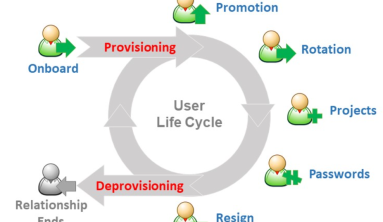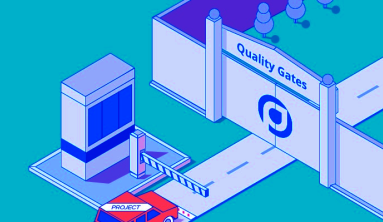Static requirement
A static requirement is a requirement whose lifecycle extends beyond the delivery of the product or service. The service management organisation, uses the requirement again to determine whether the product / service still meets the requirements. Where further discussed in this article about product is also meant service.
Dynamic requirement
A dynamic requirement is a requirement whose life cycle ends at the delivery of the product to which the dynamic requirement is linked.
Examples
Static requirements are written for products that meet one or more of the following:
- The product is business critical
- The product must comply with legal requirements
- The product often changes
- There are many risks identified for the product
- Retention of knowledge and knowledge about the product is important
Conversely, the dynamic requirements are for applications that meet the following requirements:
- The product is not business critical, if it does not function, this does not harm the company
- There are no legal requirements that the product must meet
- The product is static and is almost unchanged
- There are no or few risks identified
- Knowledge and knowledge is not unique and easy and quick to learn
In addition, a product that meets the criteria for static requirements may also have a dynamic requirement.




